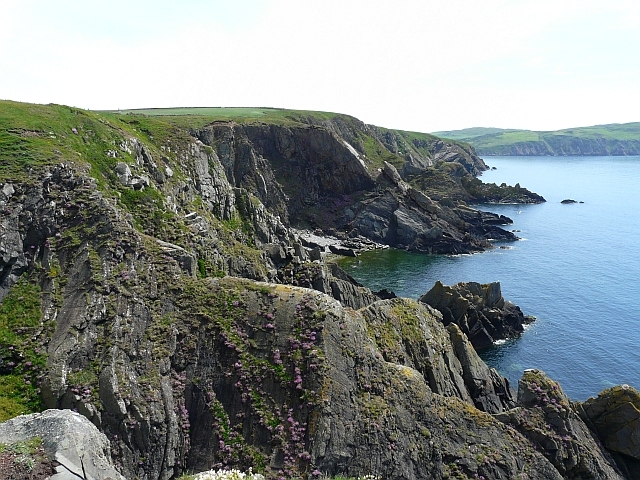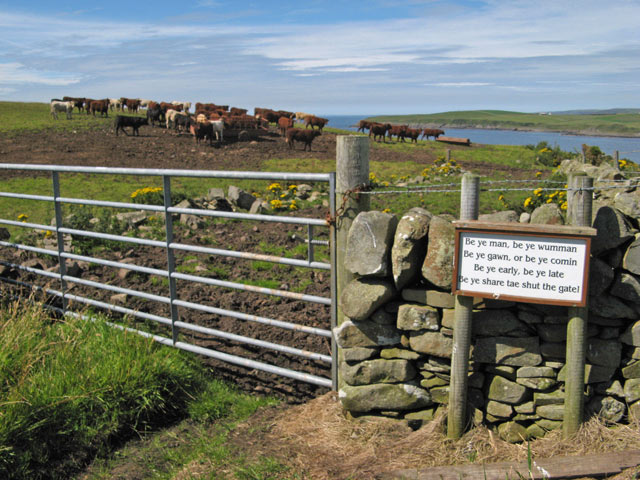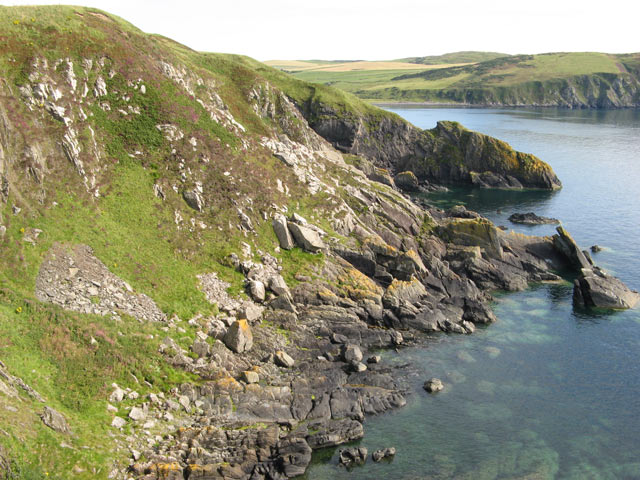Paddy's Plantation
Wood, Forest in Wigtownshire
Scotland
Paddy's Plantation
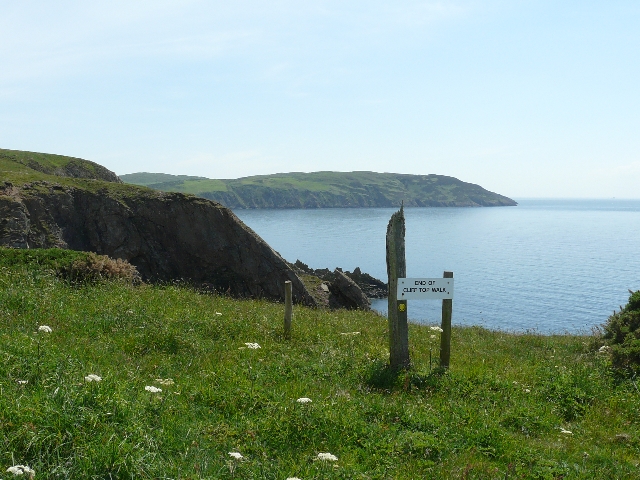
Paddy's Plantation is a sprawling wood or forest located in Wigtownshire, Scotland. It is known for its lush greenery, diverse flora, and serene atmosphere. Covering an area of approximately 500 acres, Paddy's Plantation is a popular destination for nature enthusiasts, hikers, and wildlife photographers.
The wood is predominantly composed of native trees such as oak, beech, and birch, providing a rich habitat for various species of birds, mammals, and insects. The dense foliage and well-maintained pathways create an enchanting environment for visitors to explore and immerse themselves in nature.
Paddy's Plantation offers a range of walking trails, catering to both casual walkers and experienced hikers. The trails wind through the wood, offering stunning views of the surrounding landscape and glimpses of wildlife along the way. Visitors can also find several designated picnic areas, providing an ideal spot to relax and enjoy the tranquil surroundings.
The plantation is open to the public year-round, with different seasons offering unique experiences. In the spring, the wood comes alive with vibrant wildflowers and the songs of migratory birds. Summer brings canopy-covered paths and cool, shaded areas to escape the heat. In autumn, the wood transforms into a colorful spectacle as the leaves change, creating a picturesque setting. And in winter, the plantation is transformed into a peaceful wonderland, with snow-covered trees and a serene ambiance.
Overall, Paddy's Plantation in Wigtownshire is a natural treasure, offering visitors an opportunity to connect with nature, explore diverse ecosystems, and enjoy the tranquility of a well-preserved wood.
If you have any feedback on the listing, please let us know in the comments section below.
Paddy's Plantation Images
Images are sourced within 2km of 54.722467/-4.9438301 or Grid Reference NX1040. Thanks to Geograph Open Source API. All images are credited.
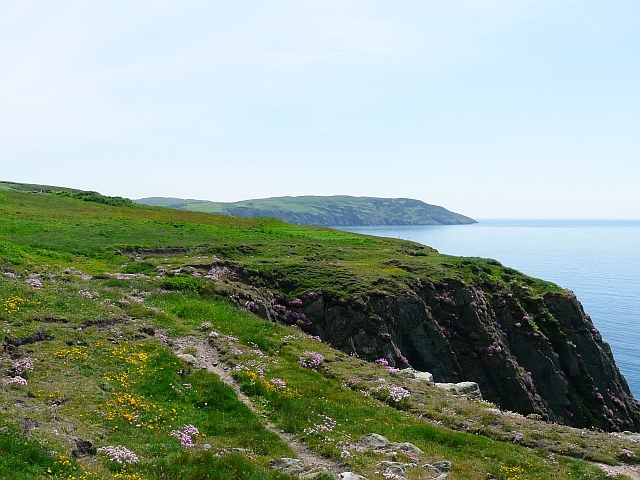
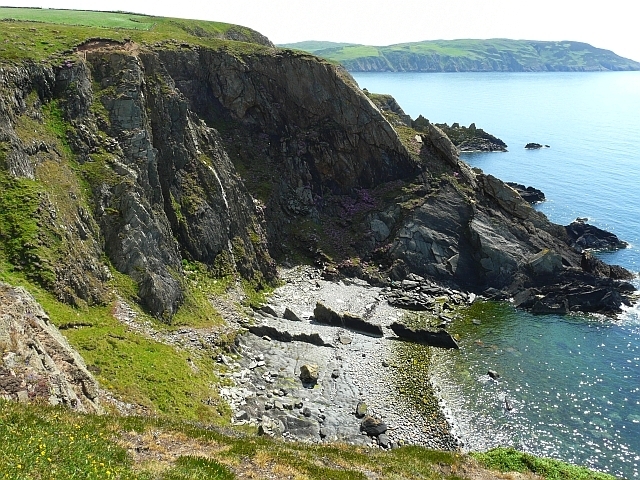

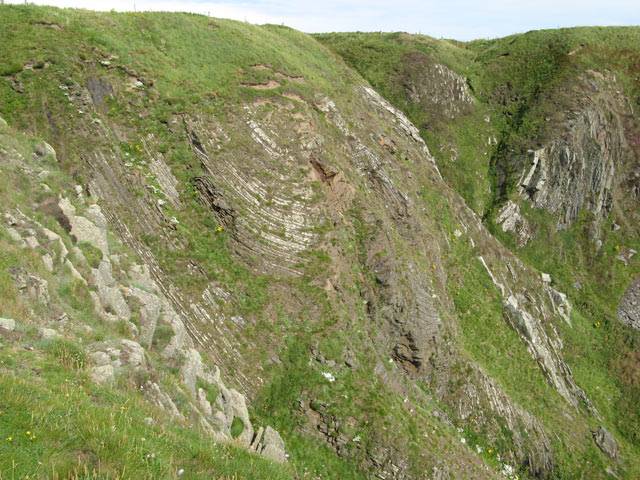
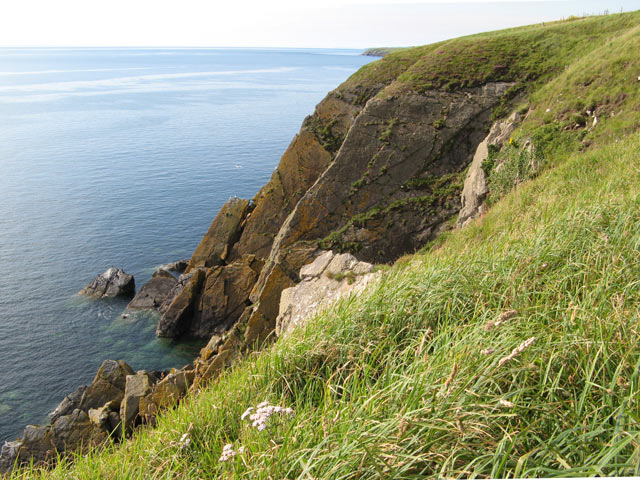

Paddy's Plantation is located at Grid Ref: NX1040 (Lat: 54.722467, Lng: -4.9438301)
Unitary Authority: Dumfries and Galloway
Police Authority: Dumfries and Galloway
What 3 Words
///mermaids.grazed.swerving. Near Drummore, Dumfries & Galloway
Nearby Locations
Related Wikis
Port Logan
Port Logan, formerly Port Nessock, is a small village in the parish of Kirkmaiden in the Rhins of Galloway in Wigtownshire. The Gaelic name is Port Neasaig...
Logan Botanic Garden
Logan Botanic Garden is a botanical garden near Port Logan on the Rhins of Galloway, at the south-western tip of Scotland. The Botanic Garden was established...
Kirkmaiden
Kirkmaiden is a parish in the Rhins of Galloway, the most southerly in Scotland; the present Church of Scotland parish has the same name as and is approximately...
Kirkmaiden (village)
Kirkmaiden (sometimes Maidenkirk; Scottish Gaelic: Cill M'Eudan) is a small settlement in Galloway, Scotland, located approximately 17 miles (27 km) south...
Nearby Amenities
Located within 500m of 54.722467,-4.9438301Have you been to Paddy's Plantation?
Leave your review of Paddy's Plantation below (or comments, questions and feedback).
